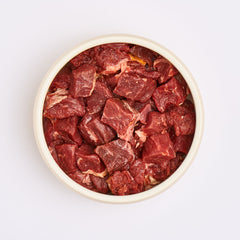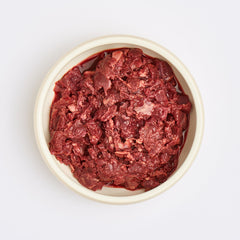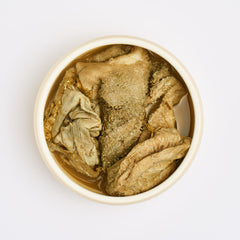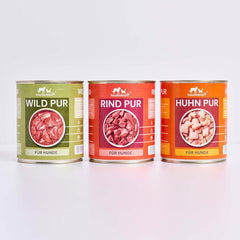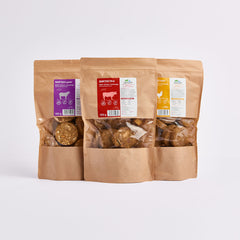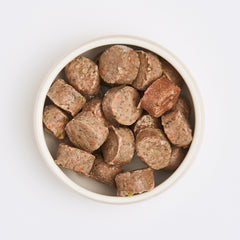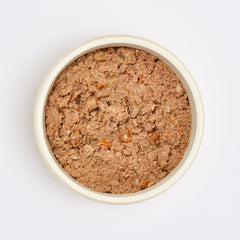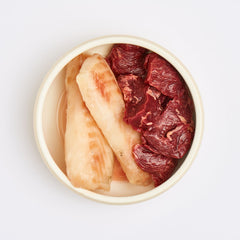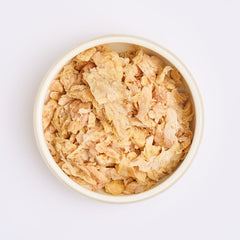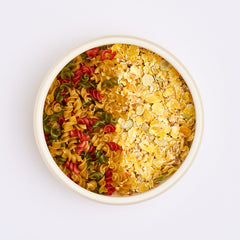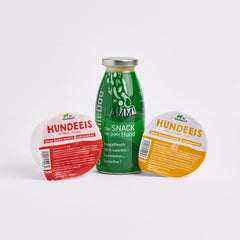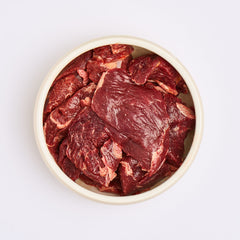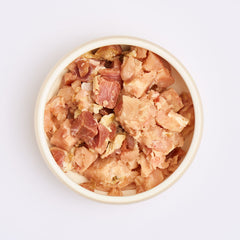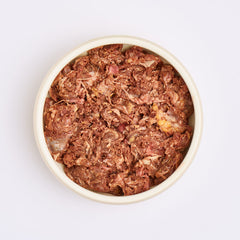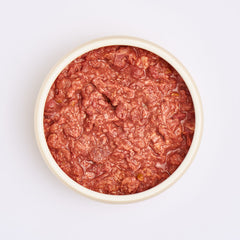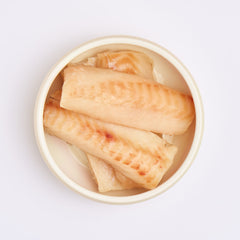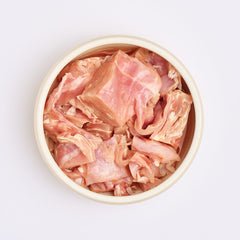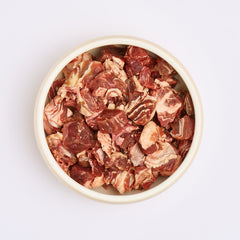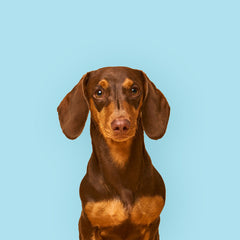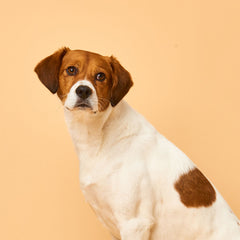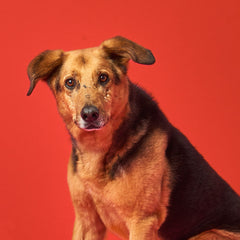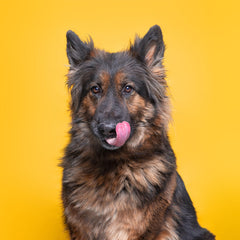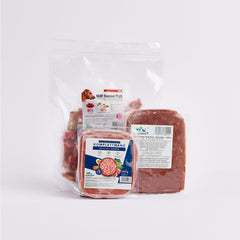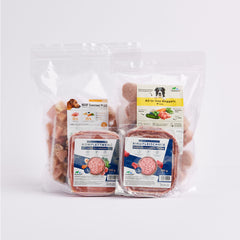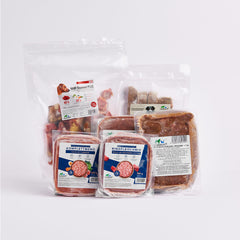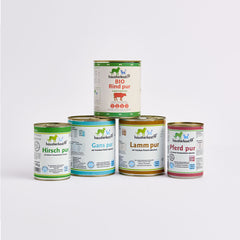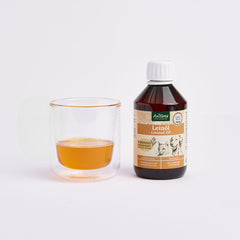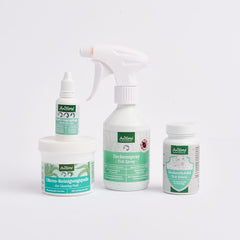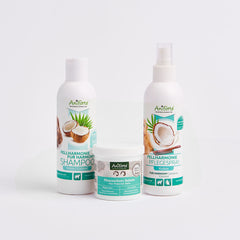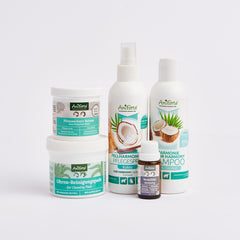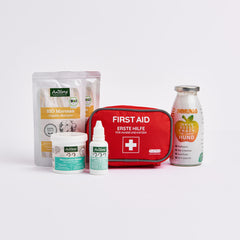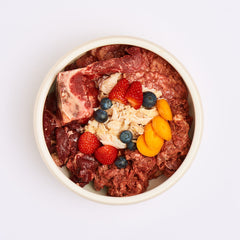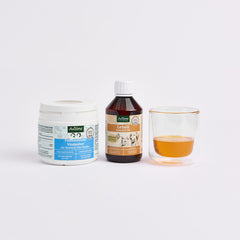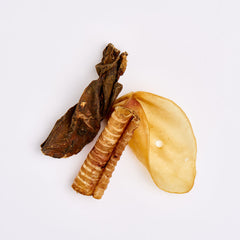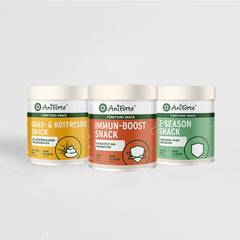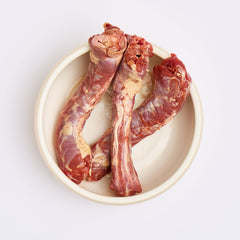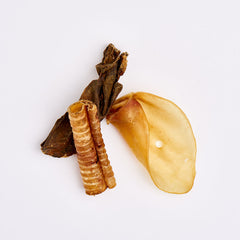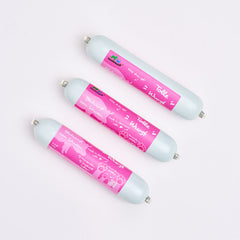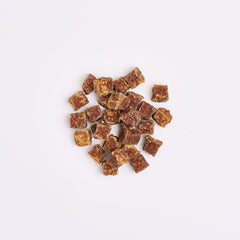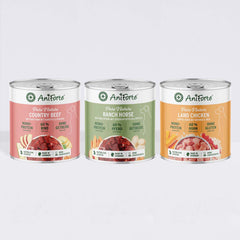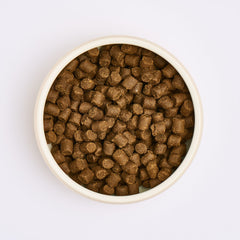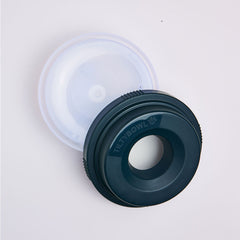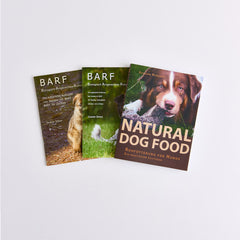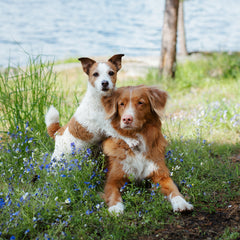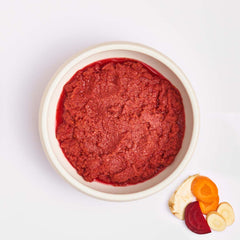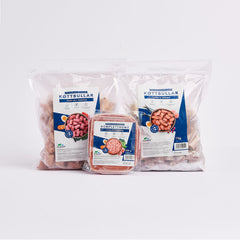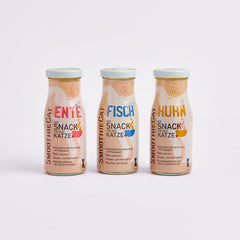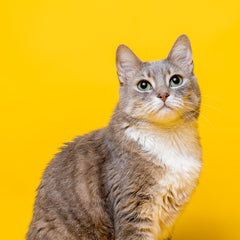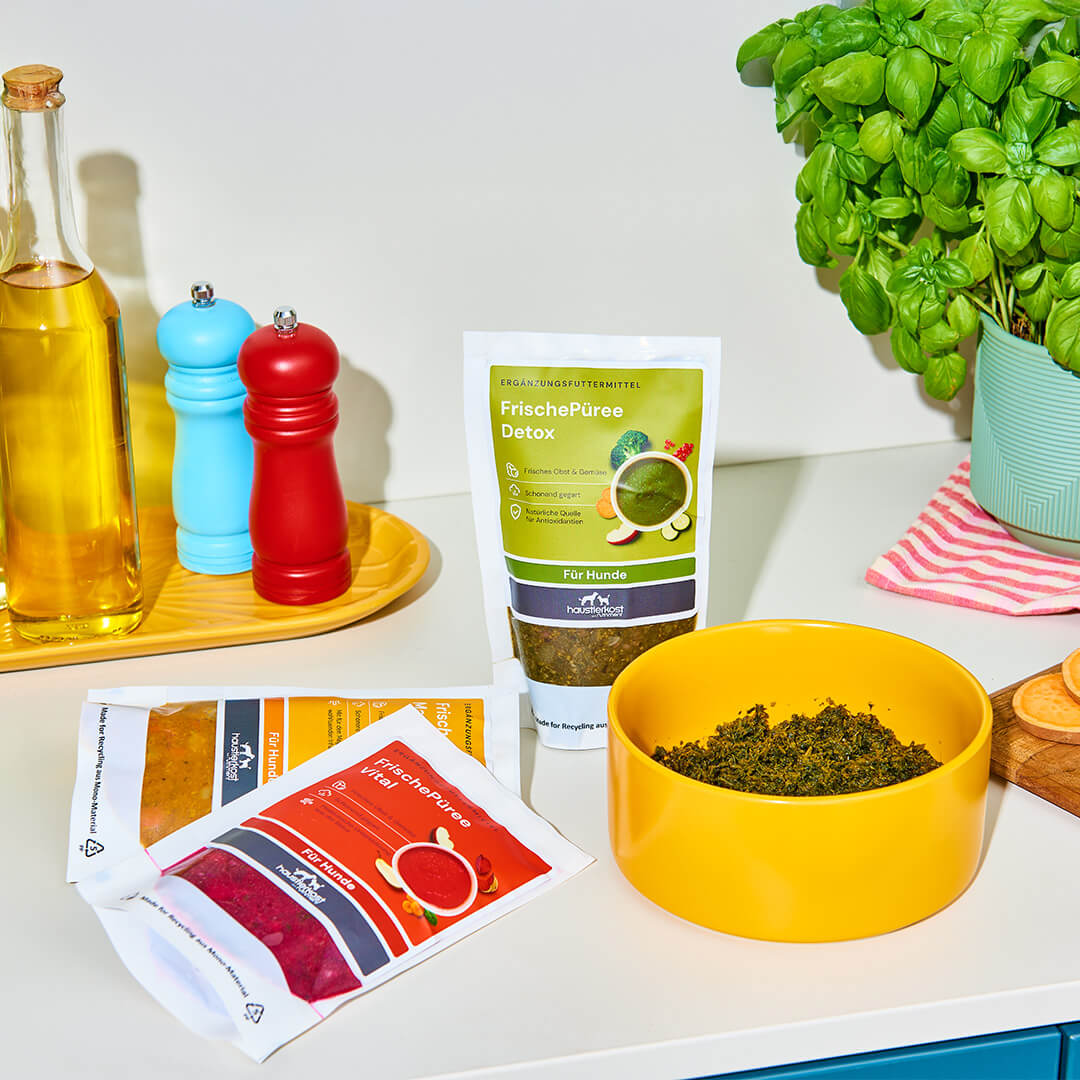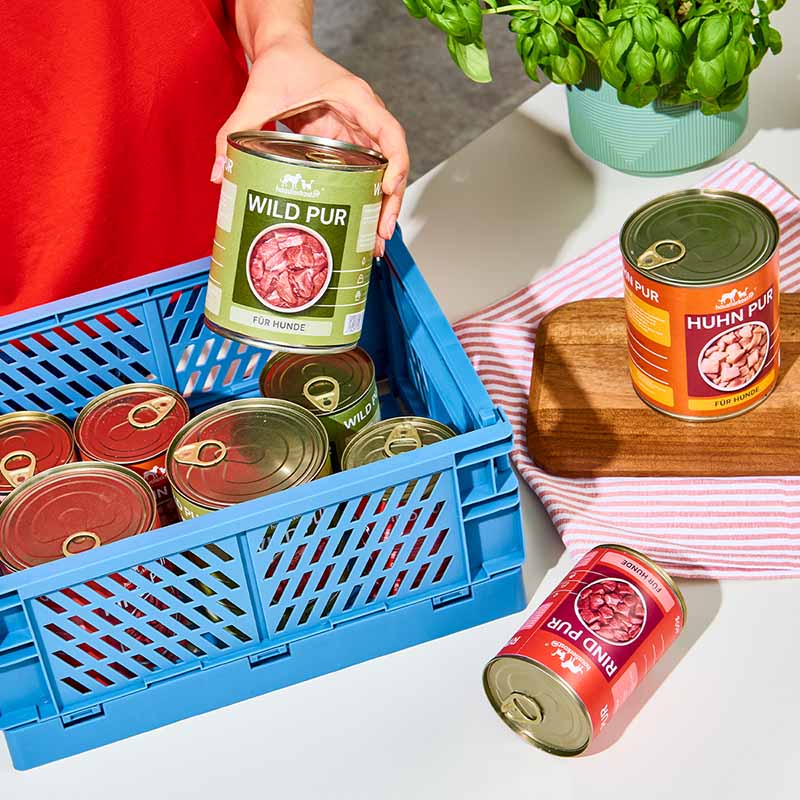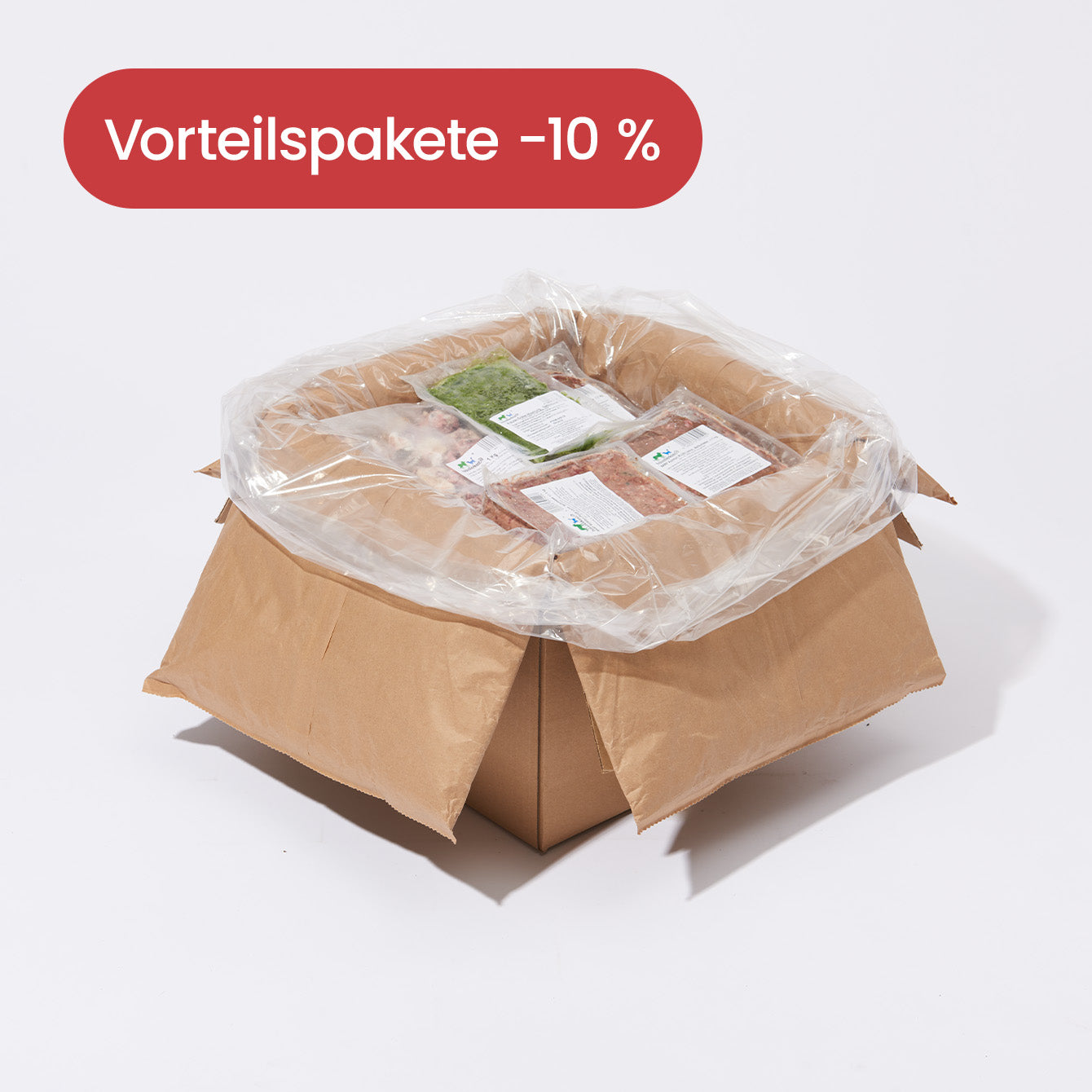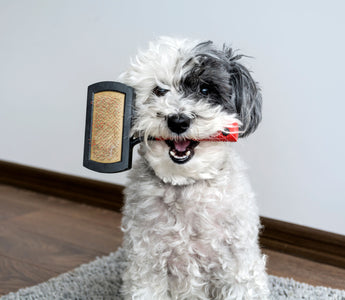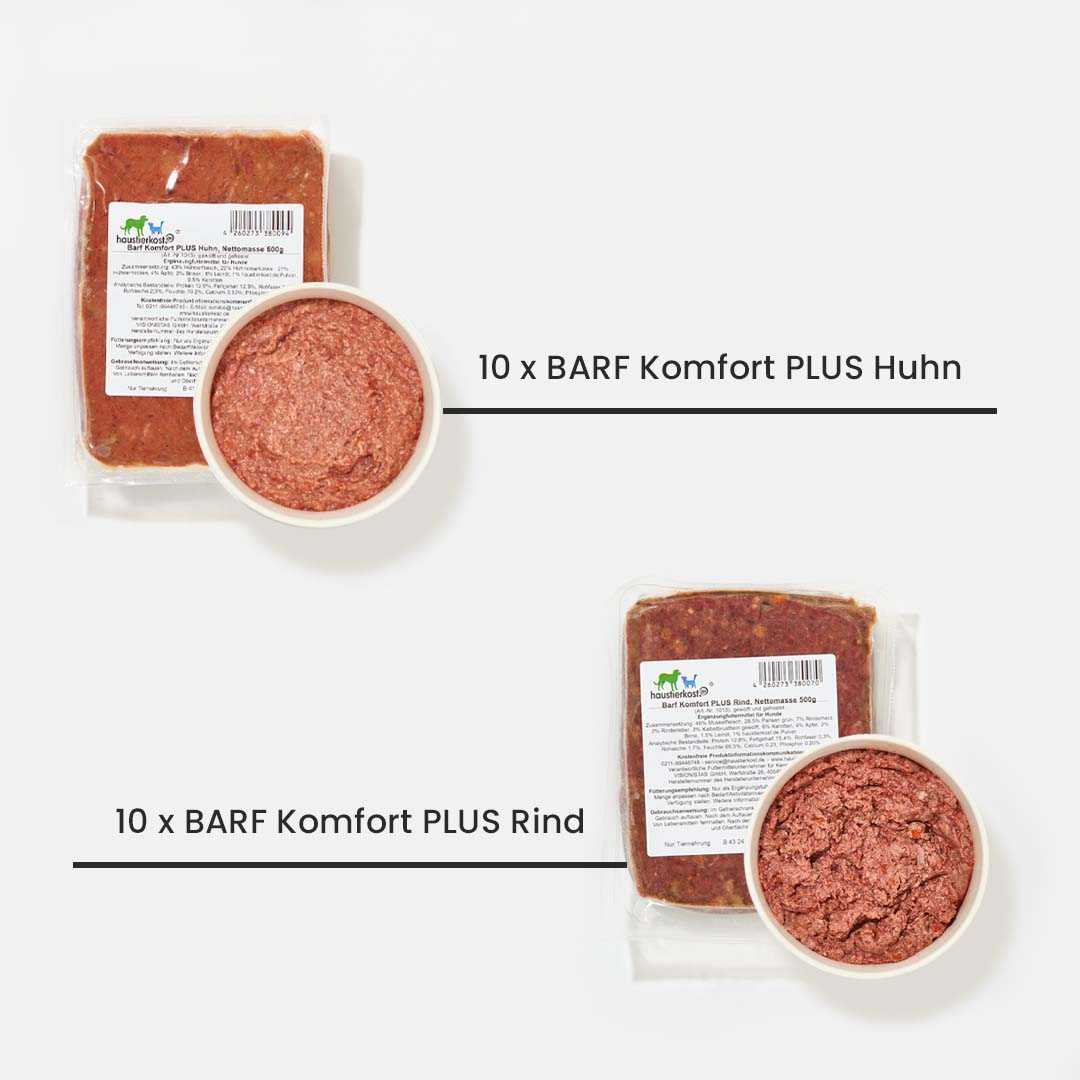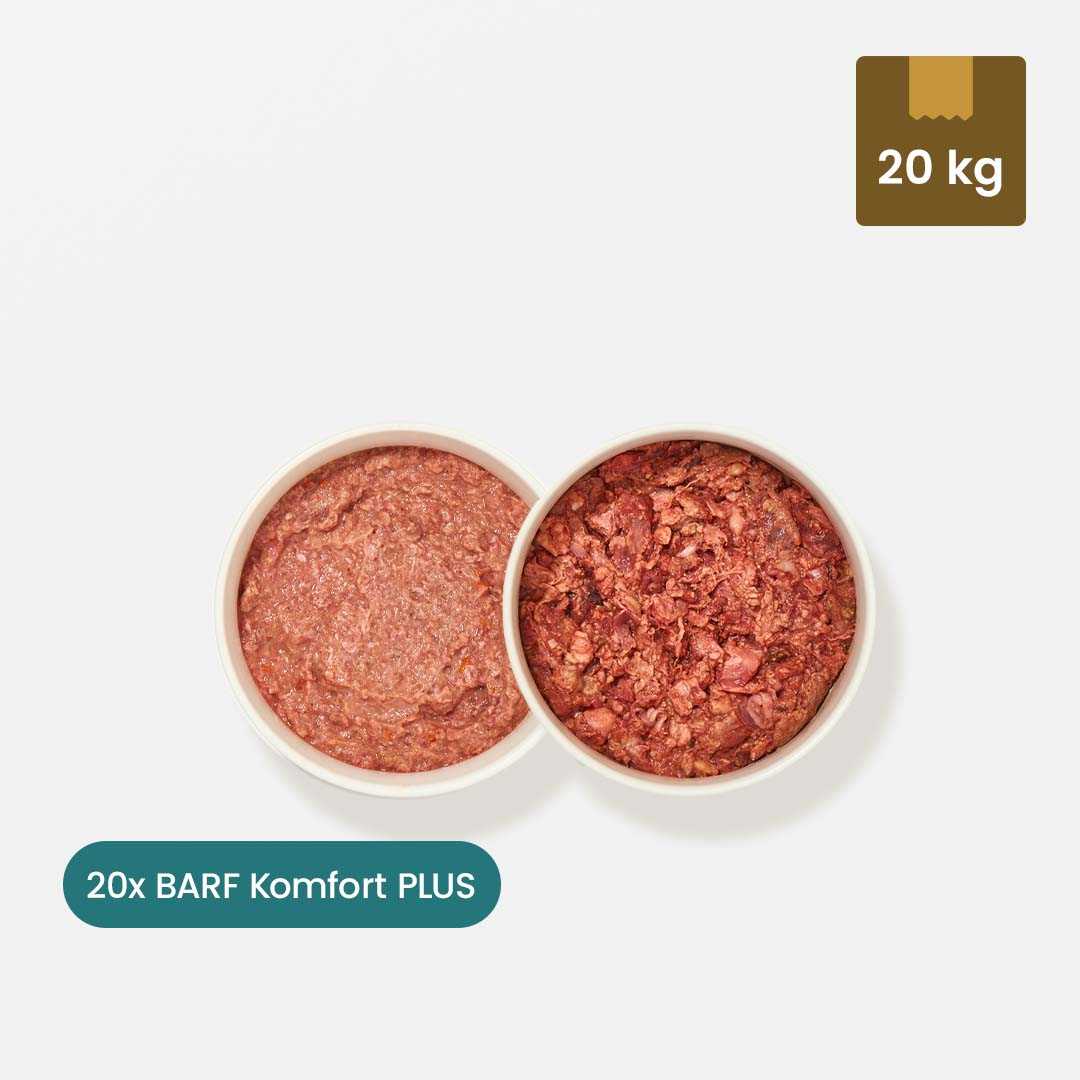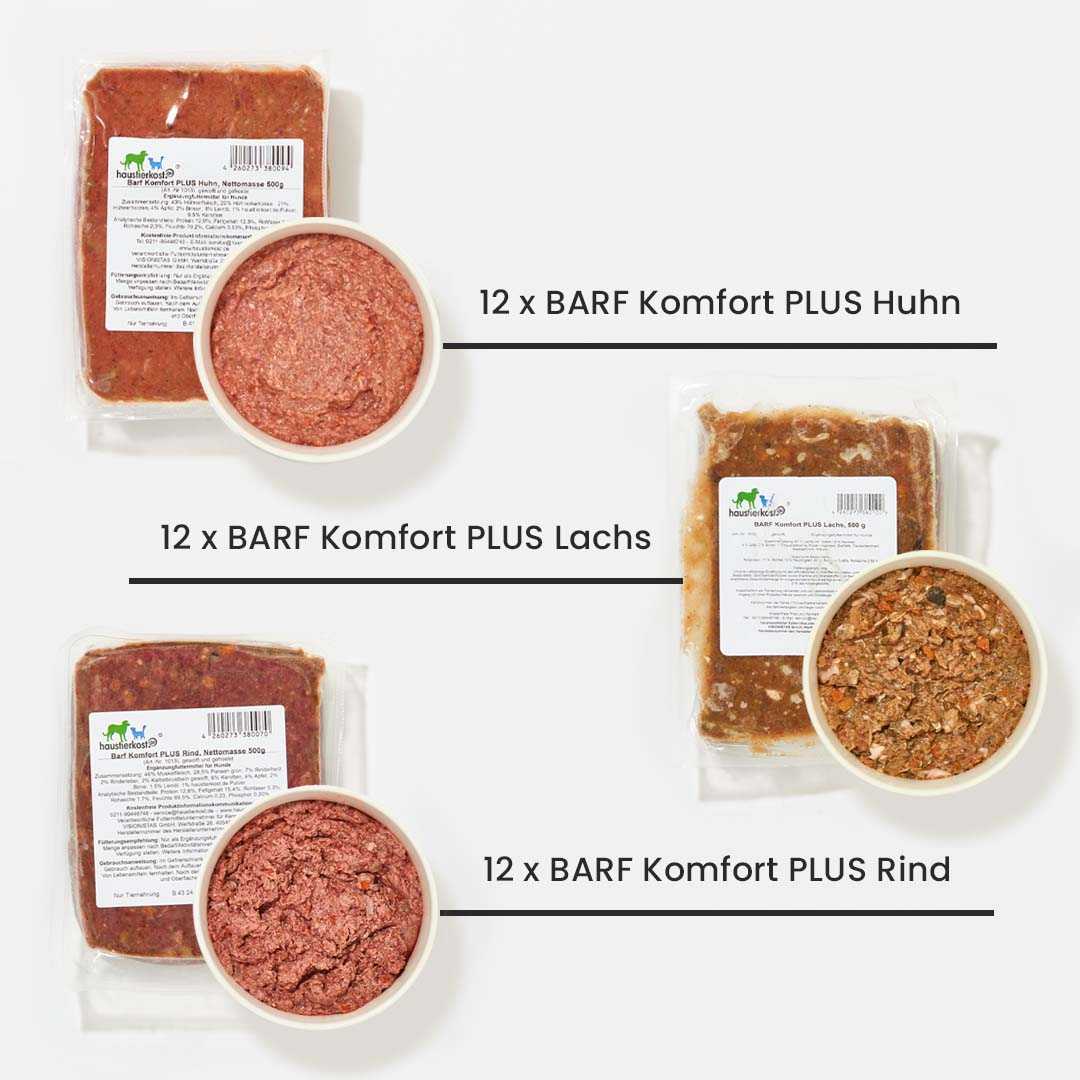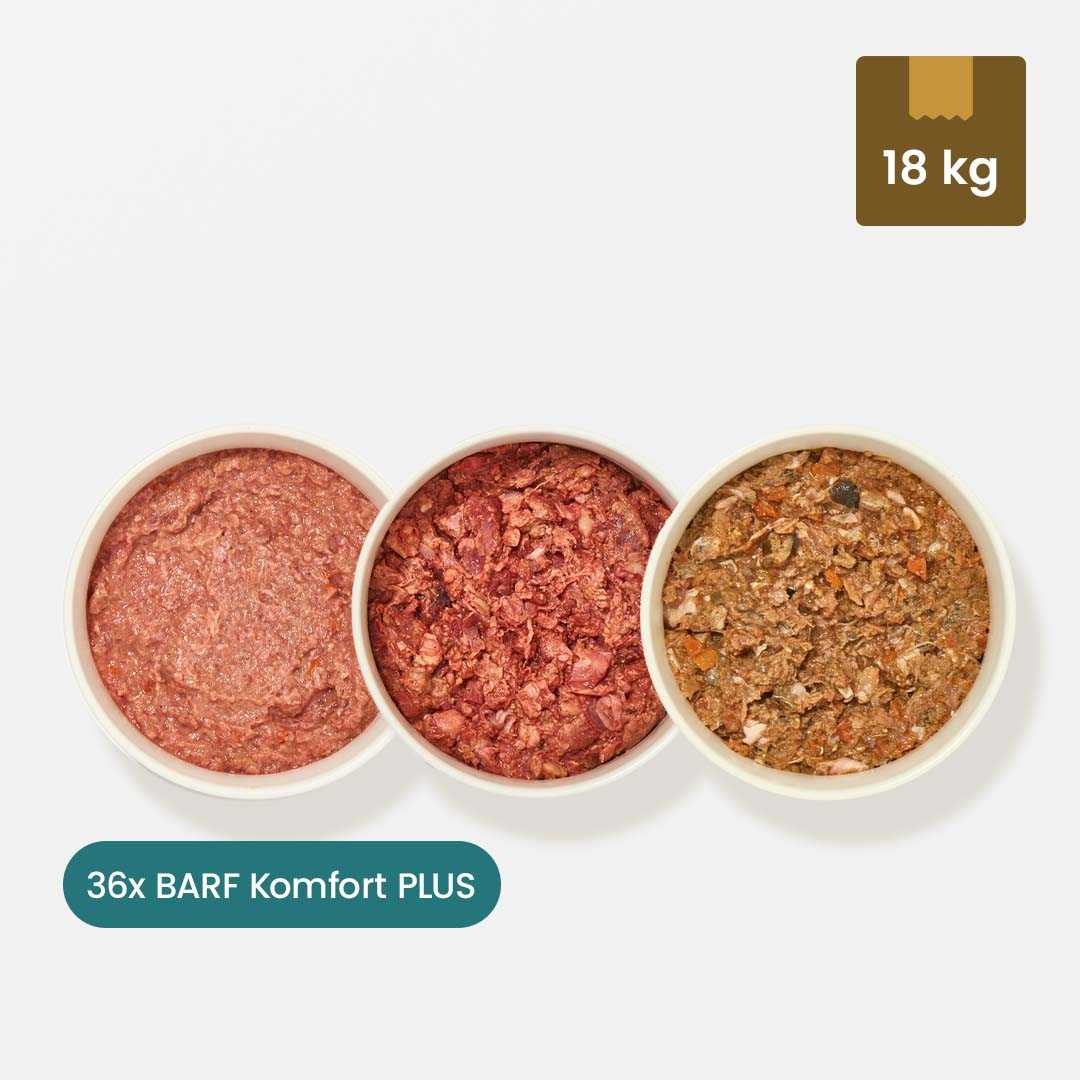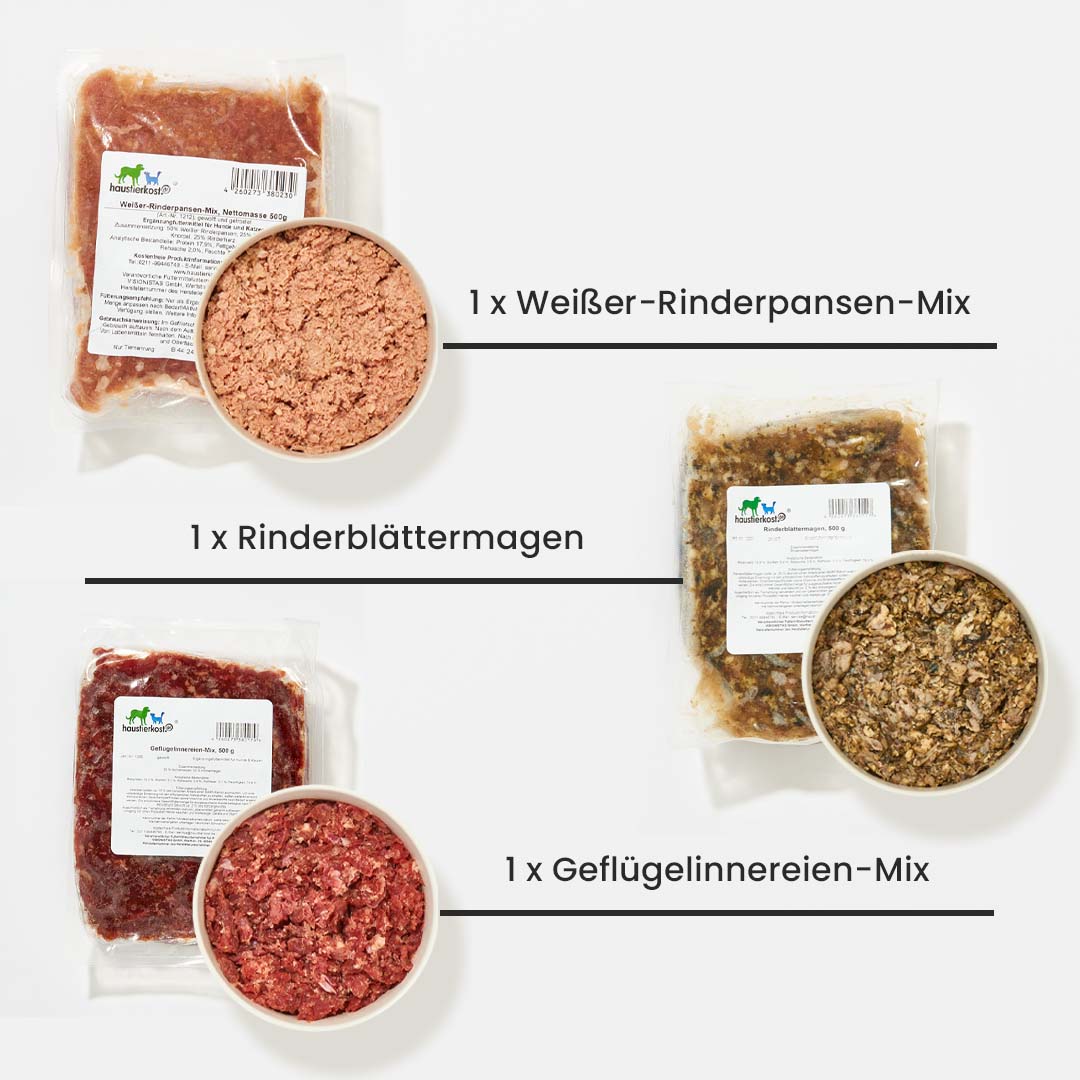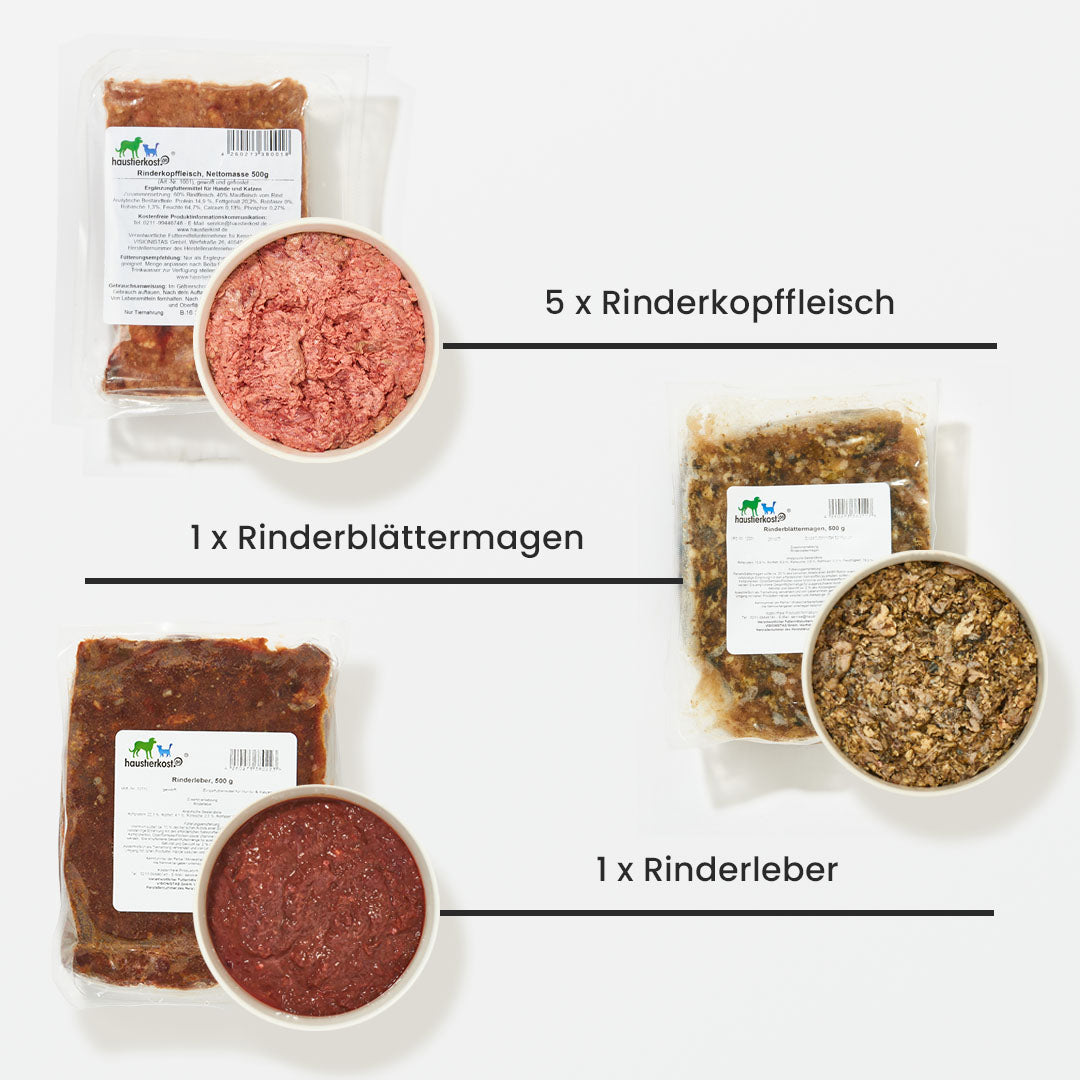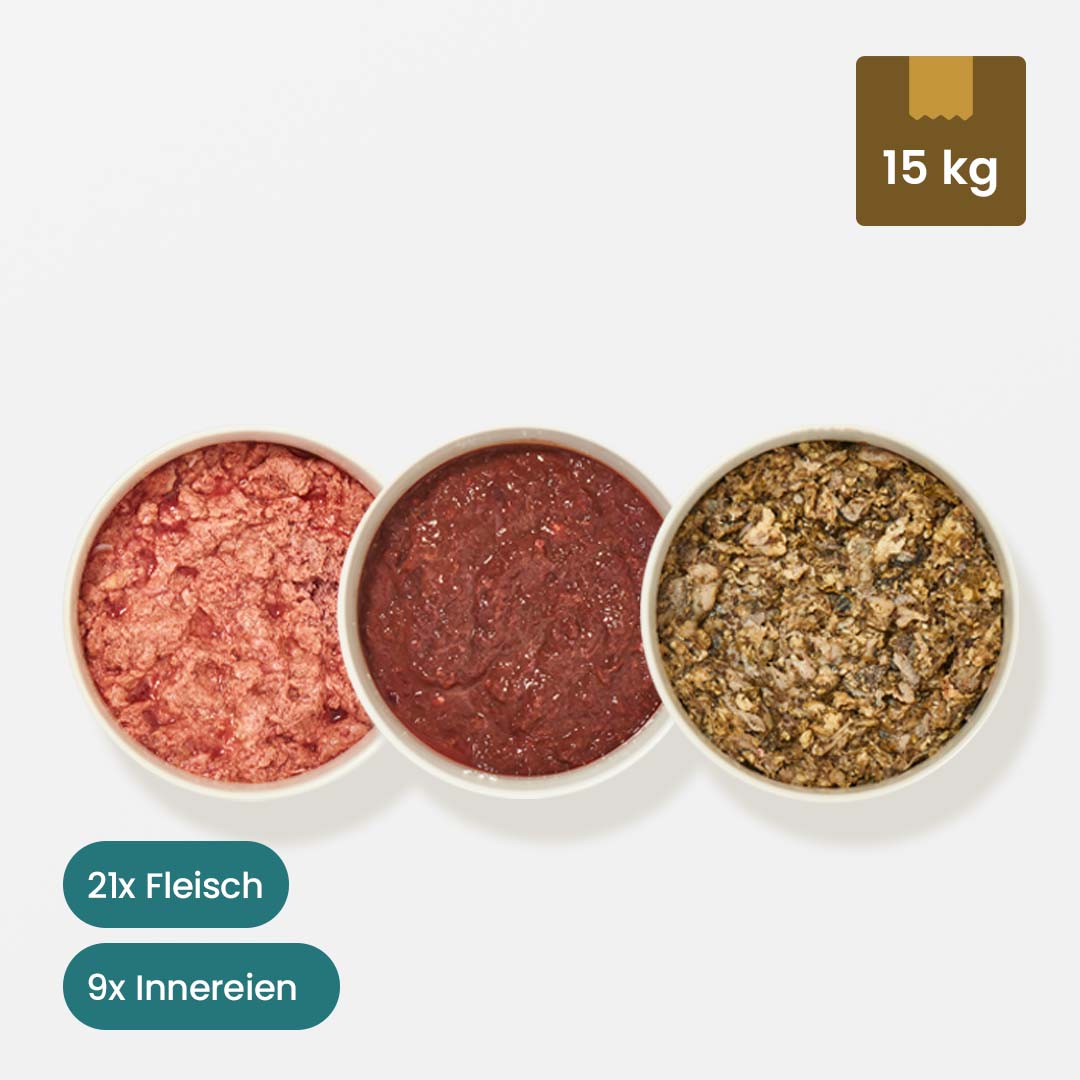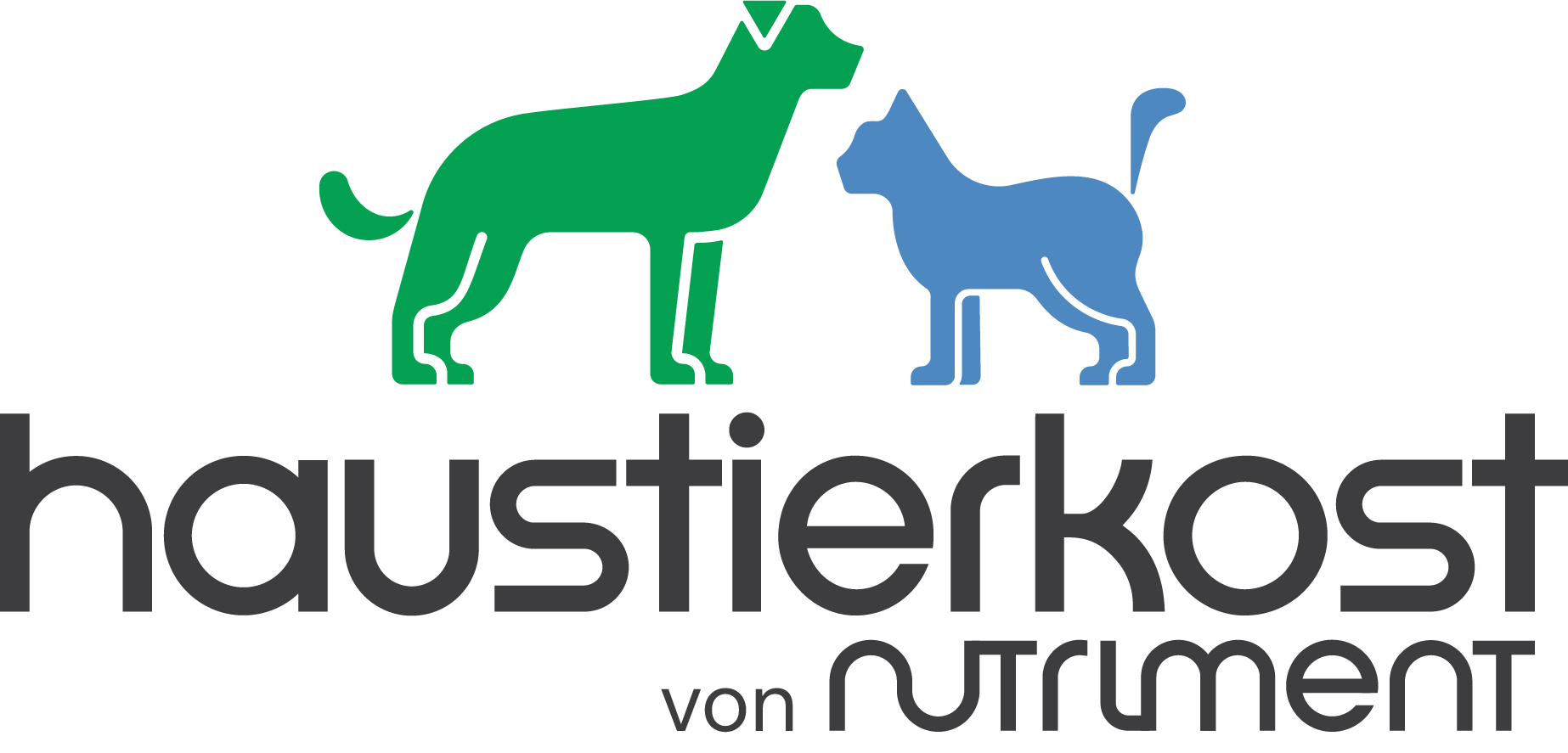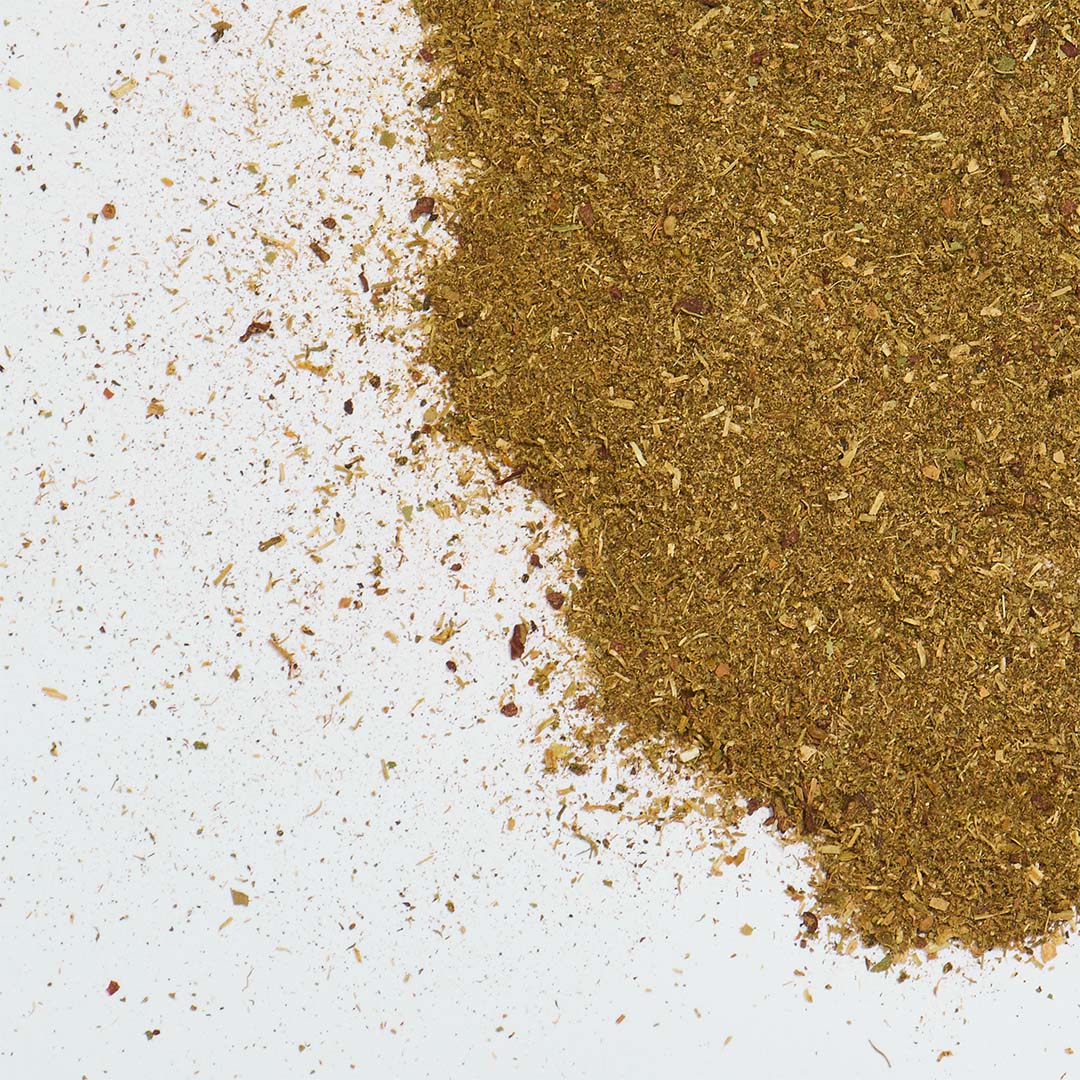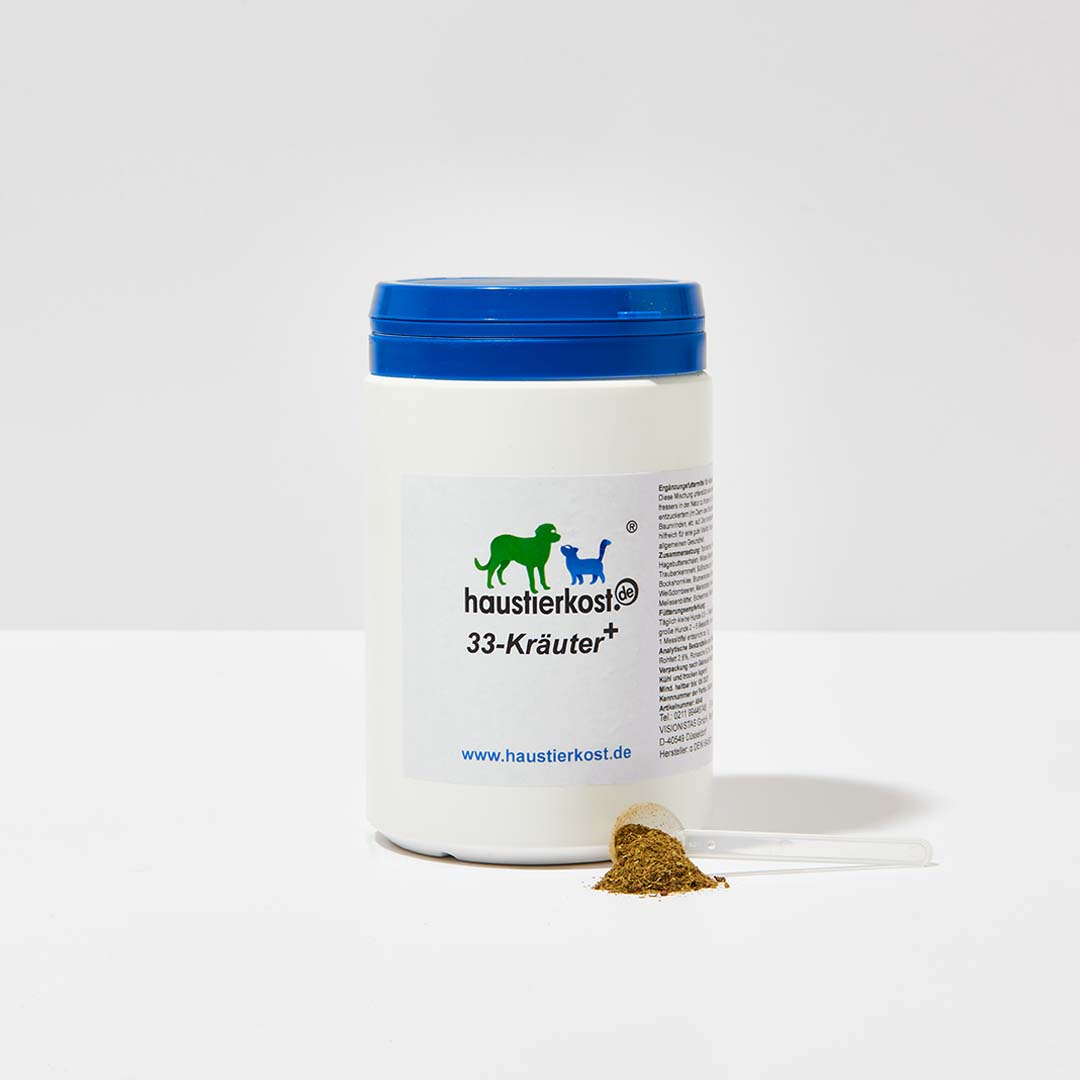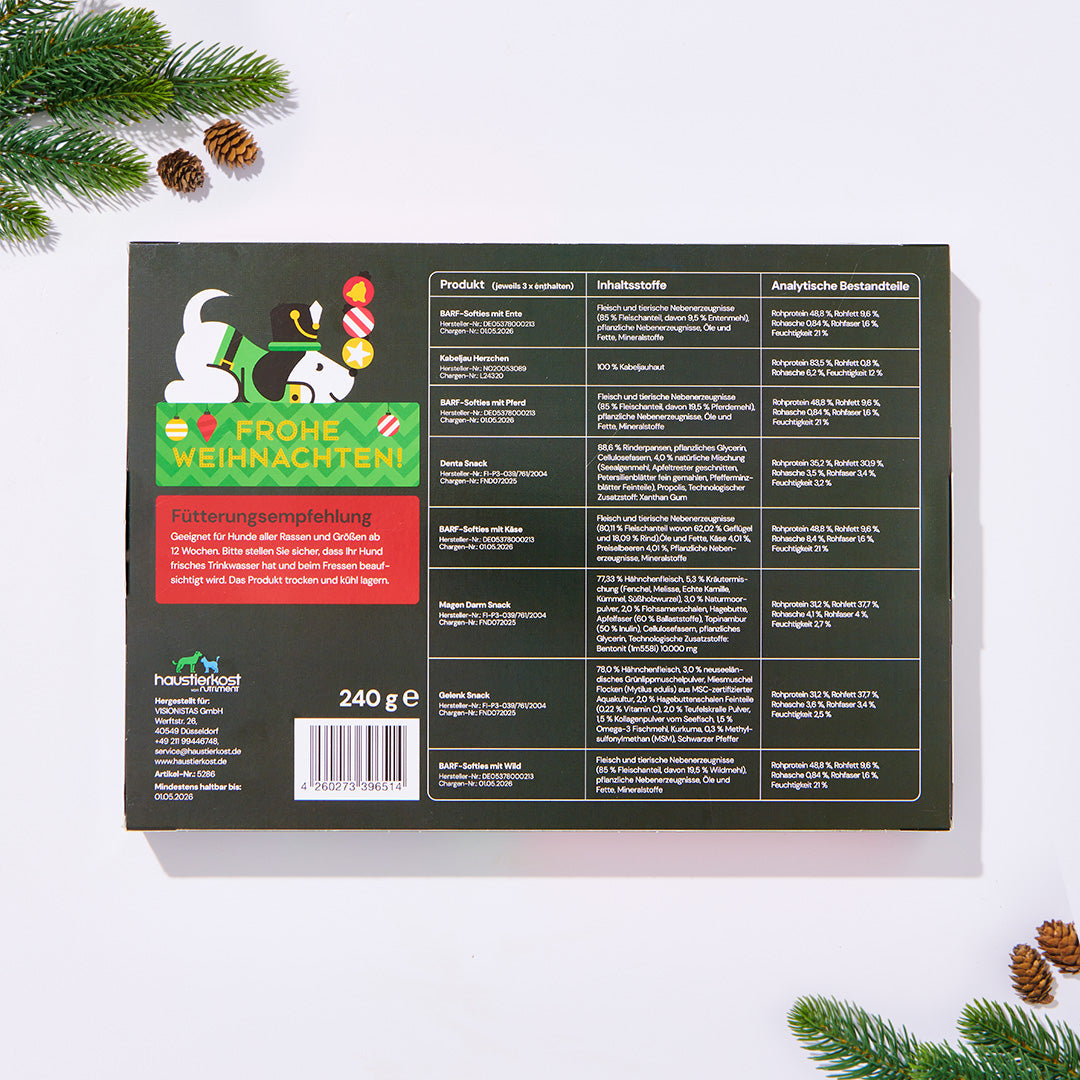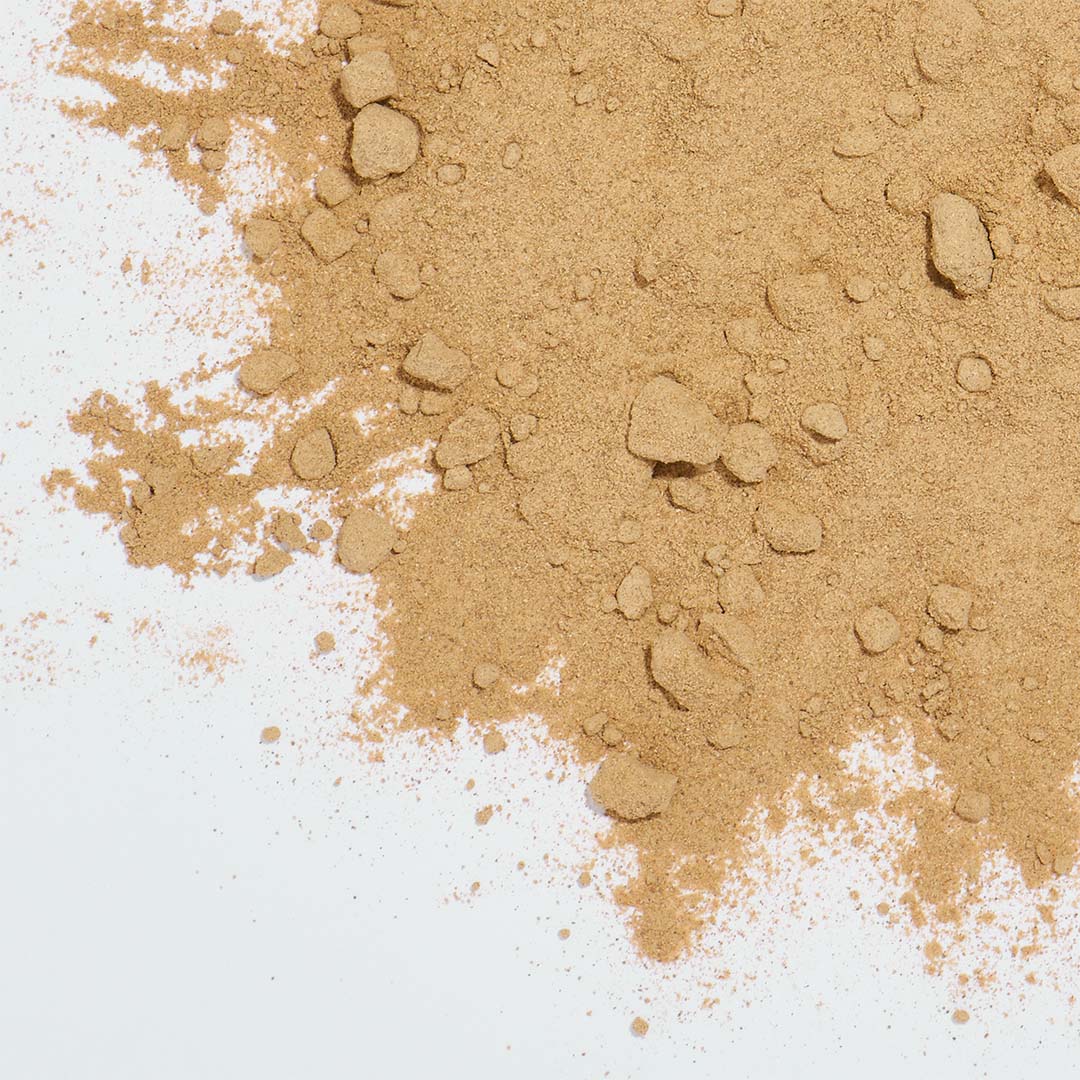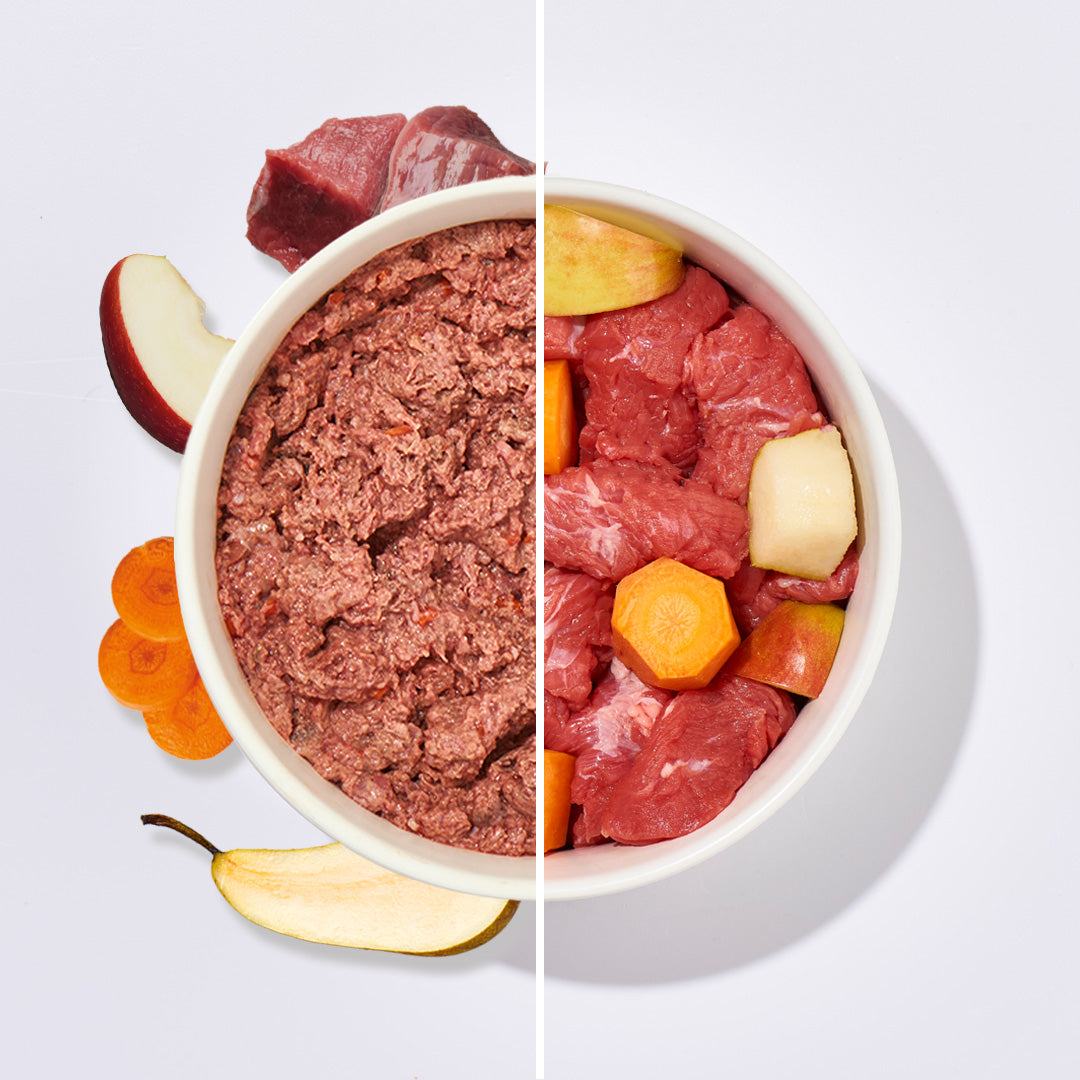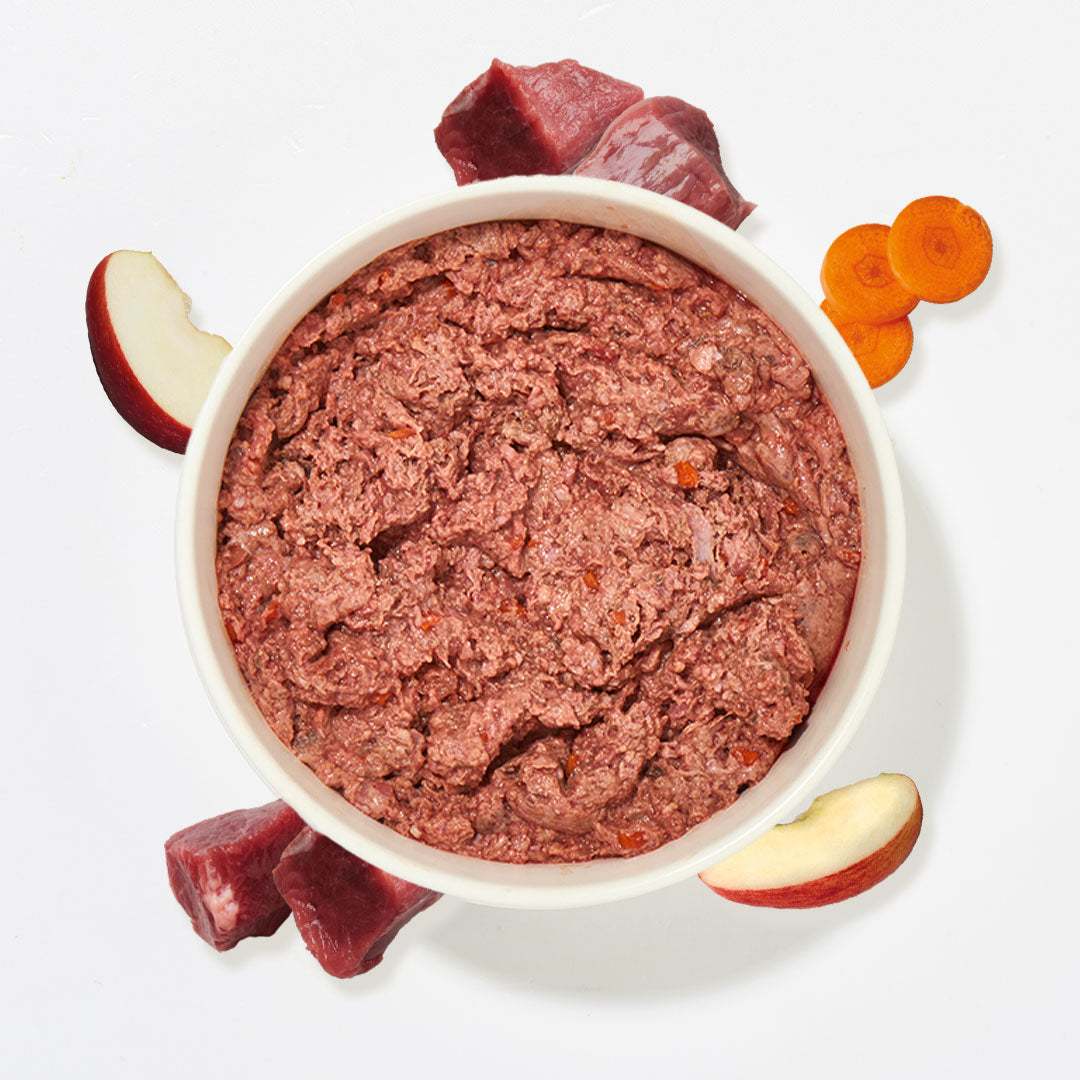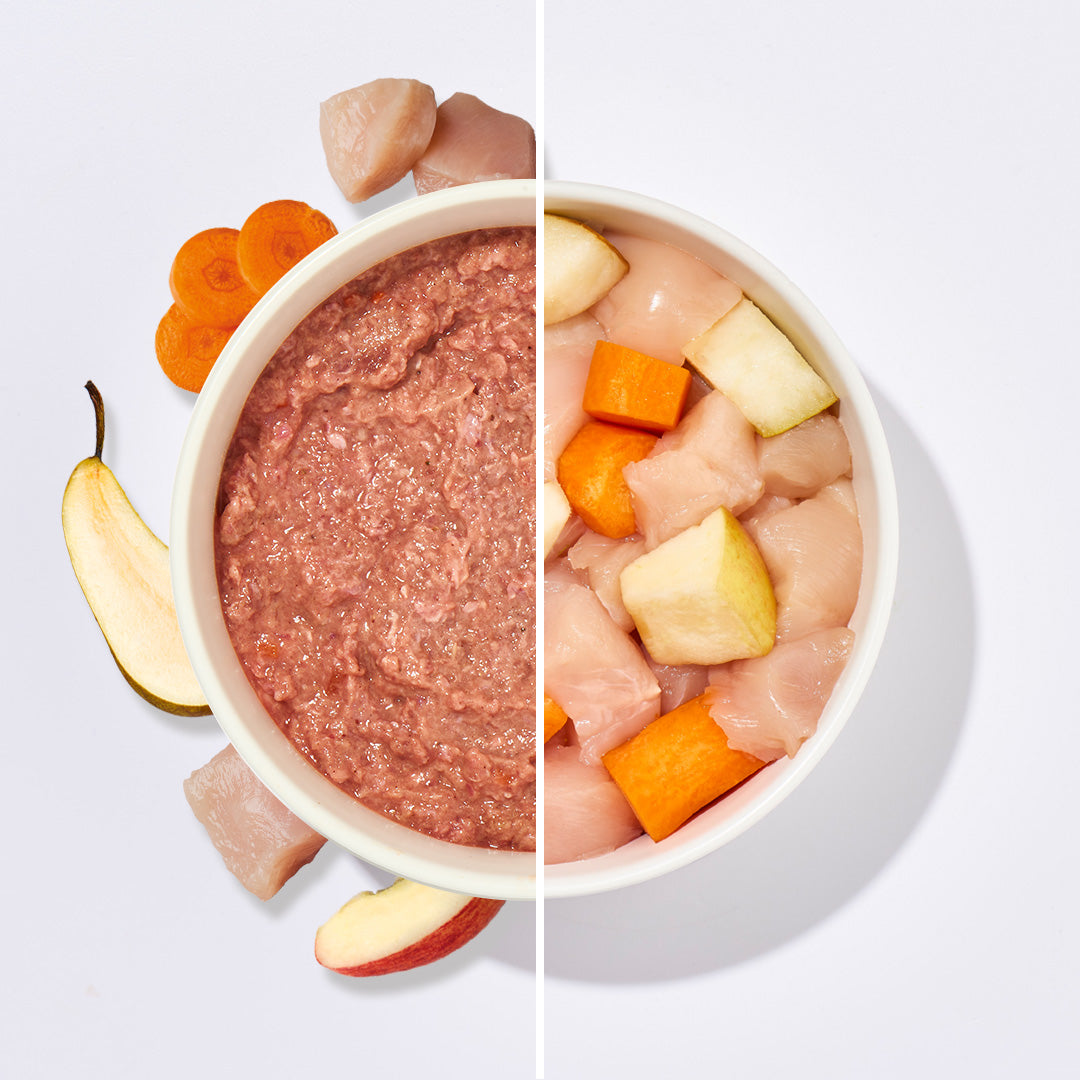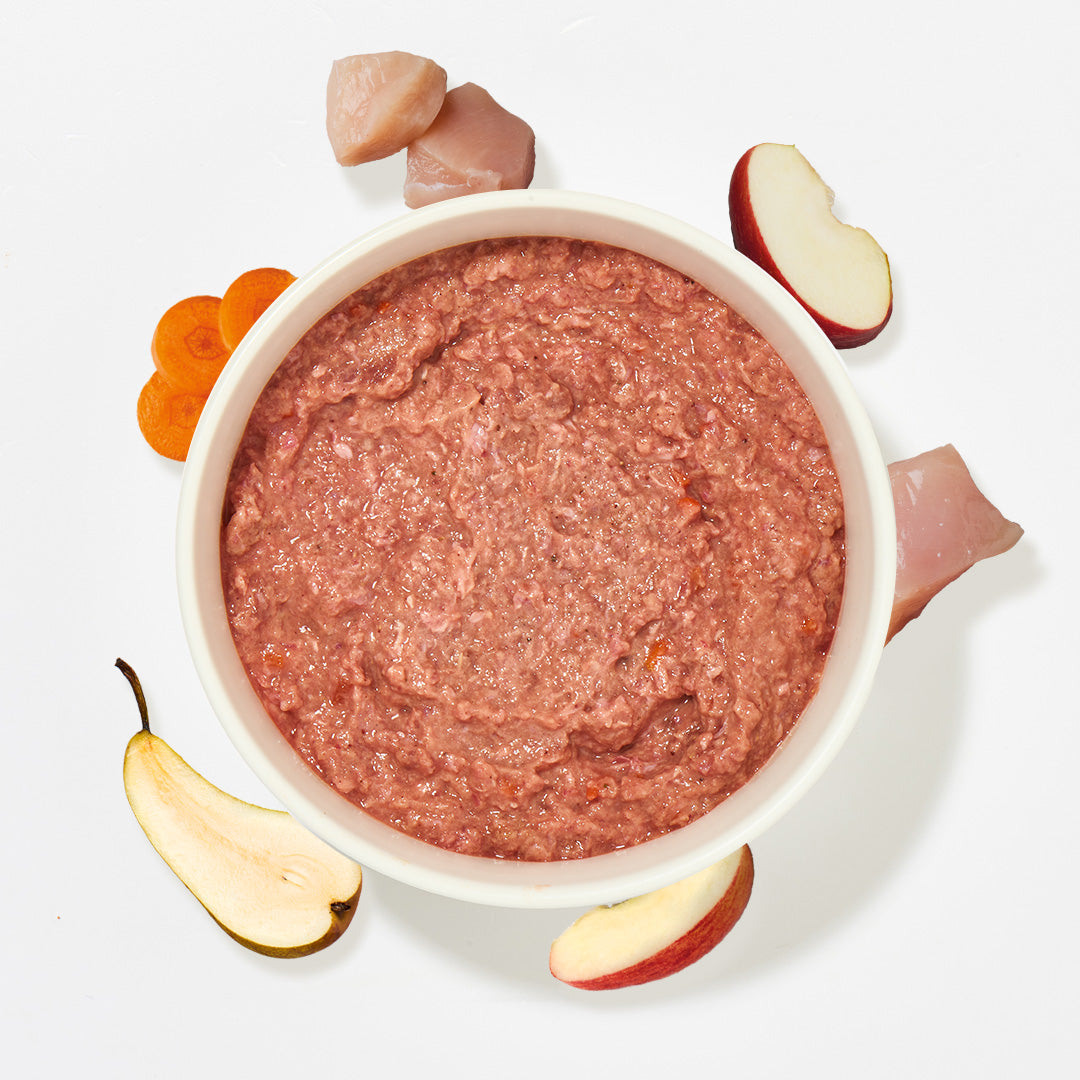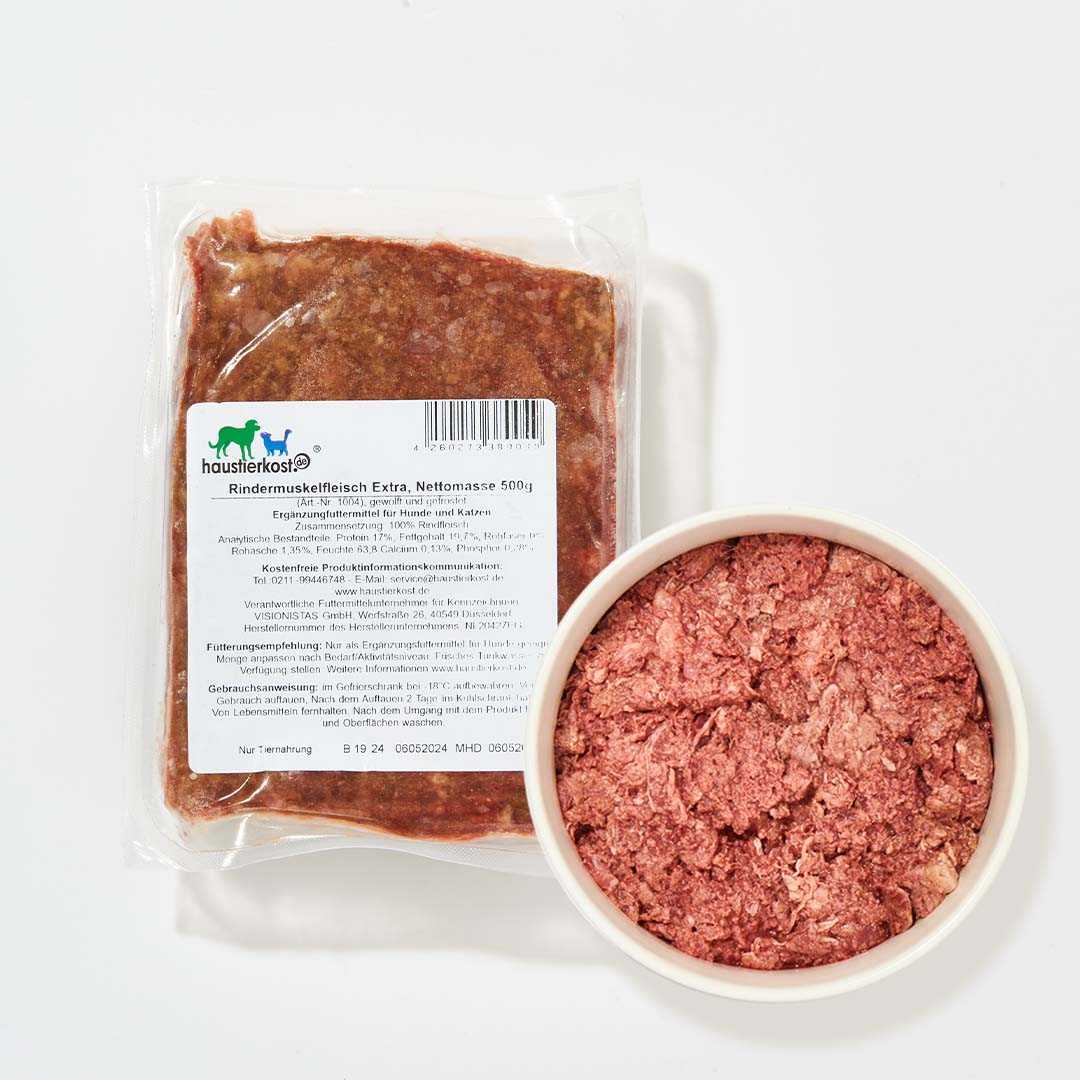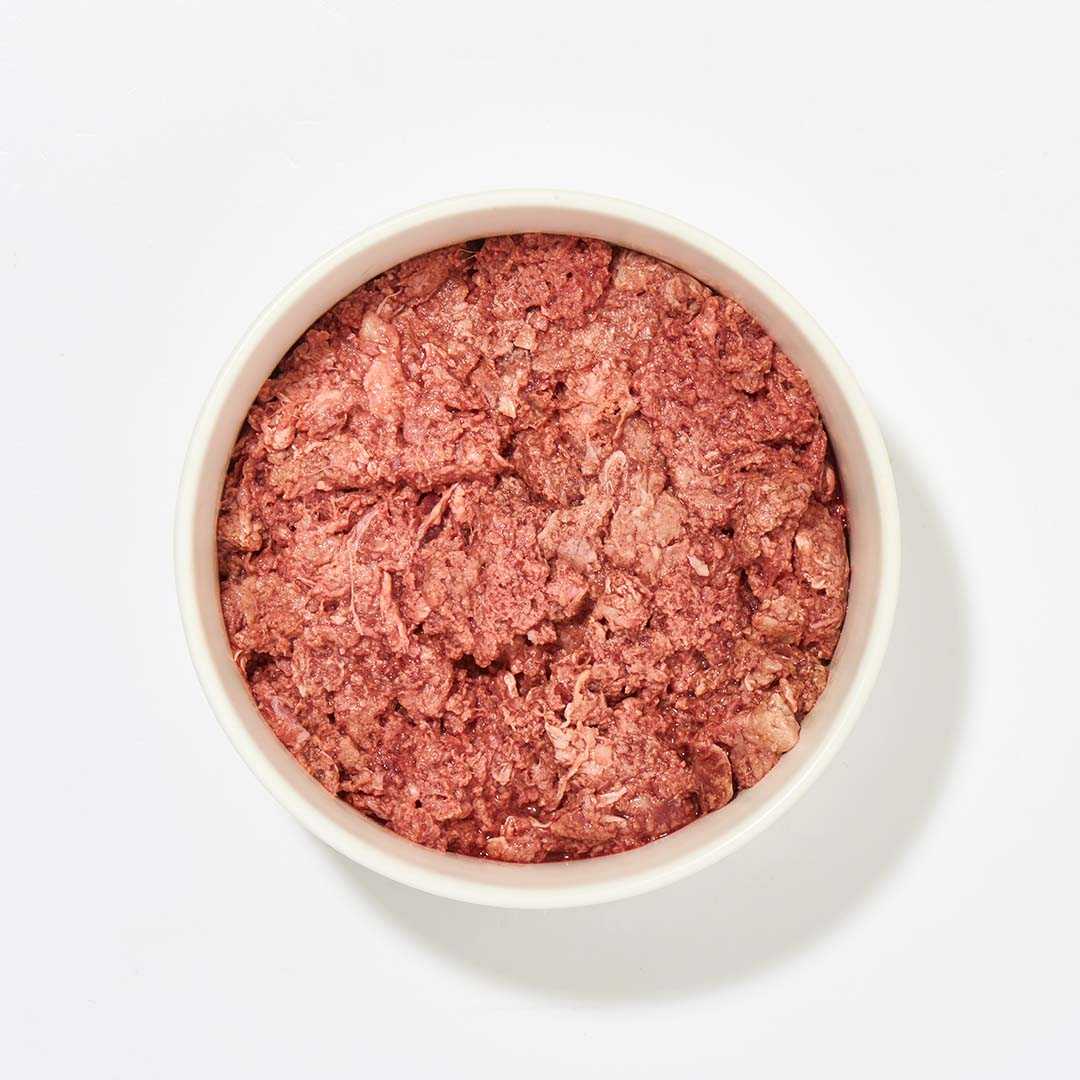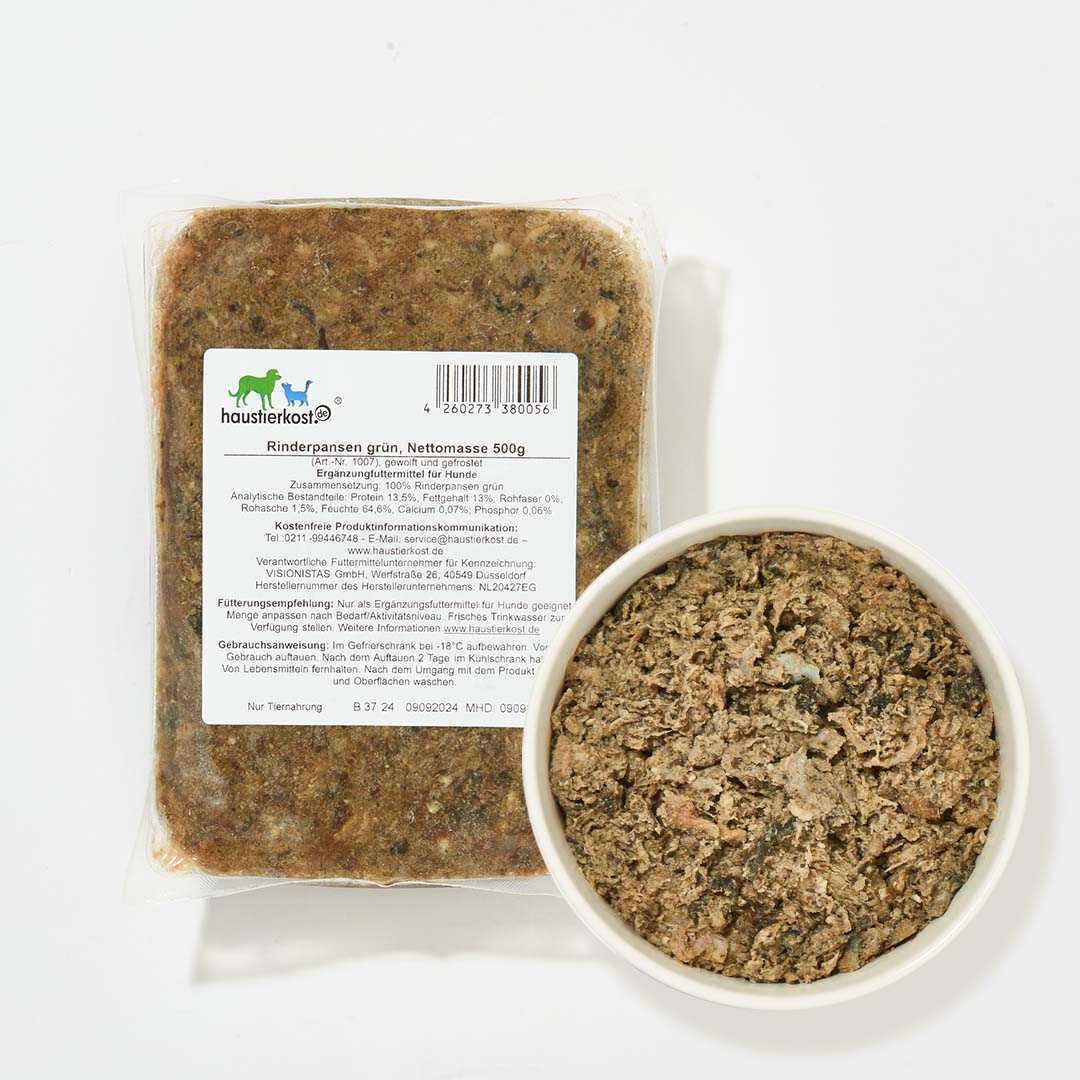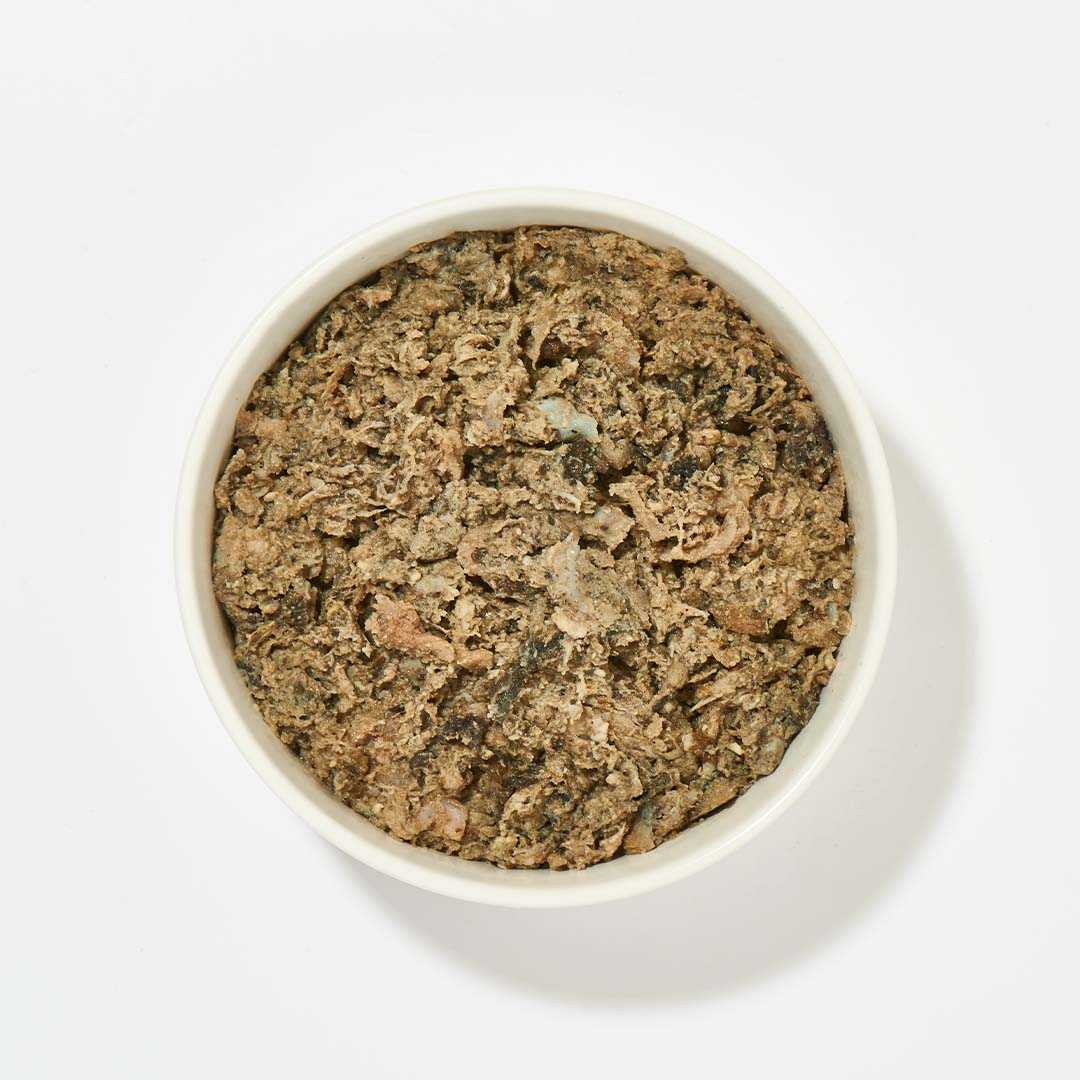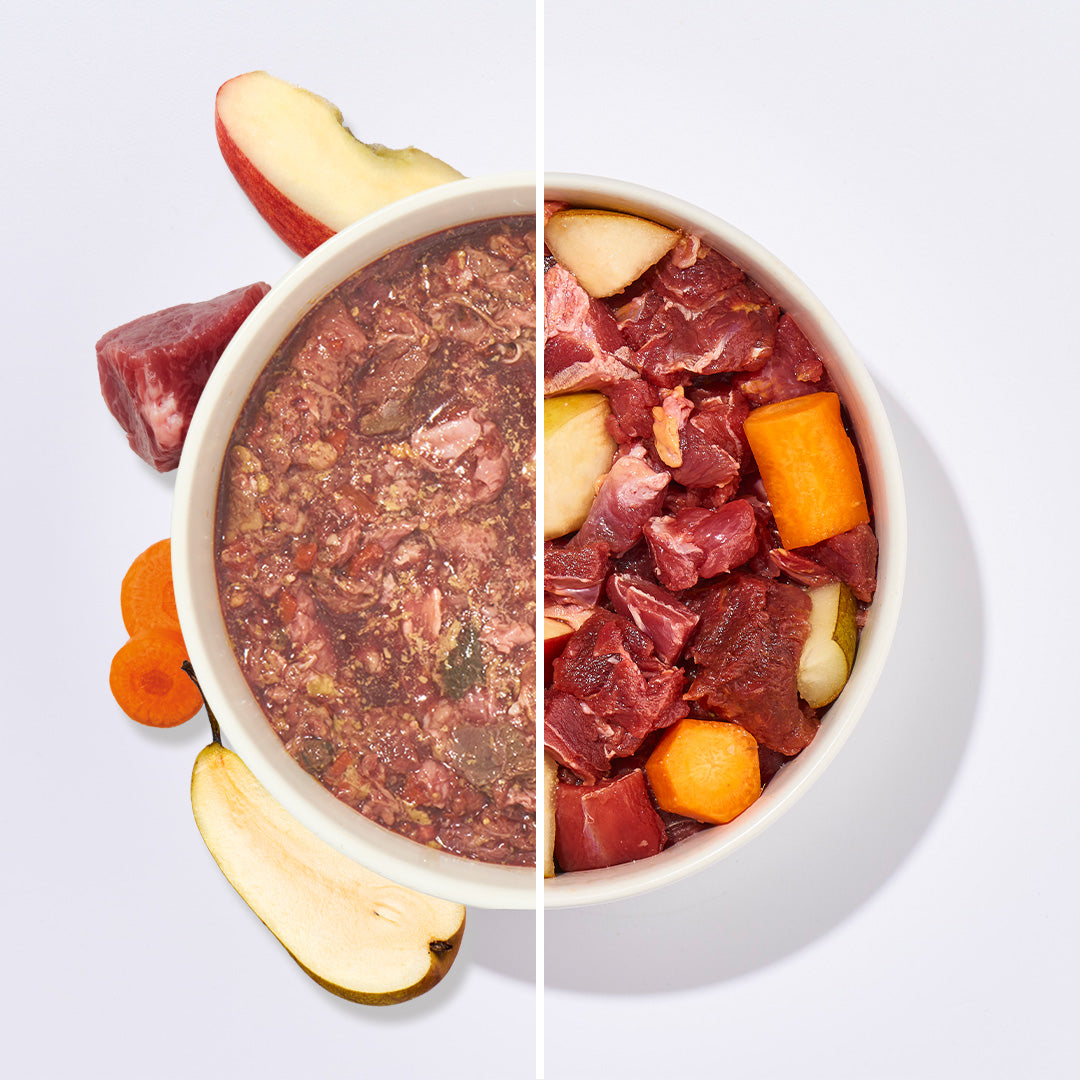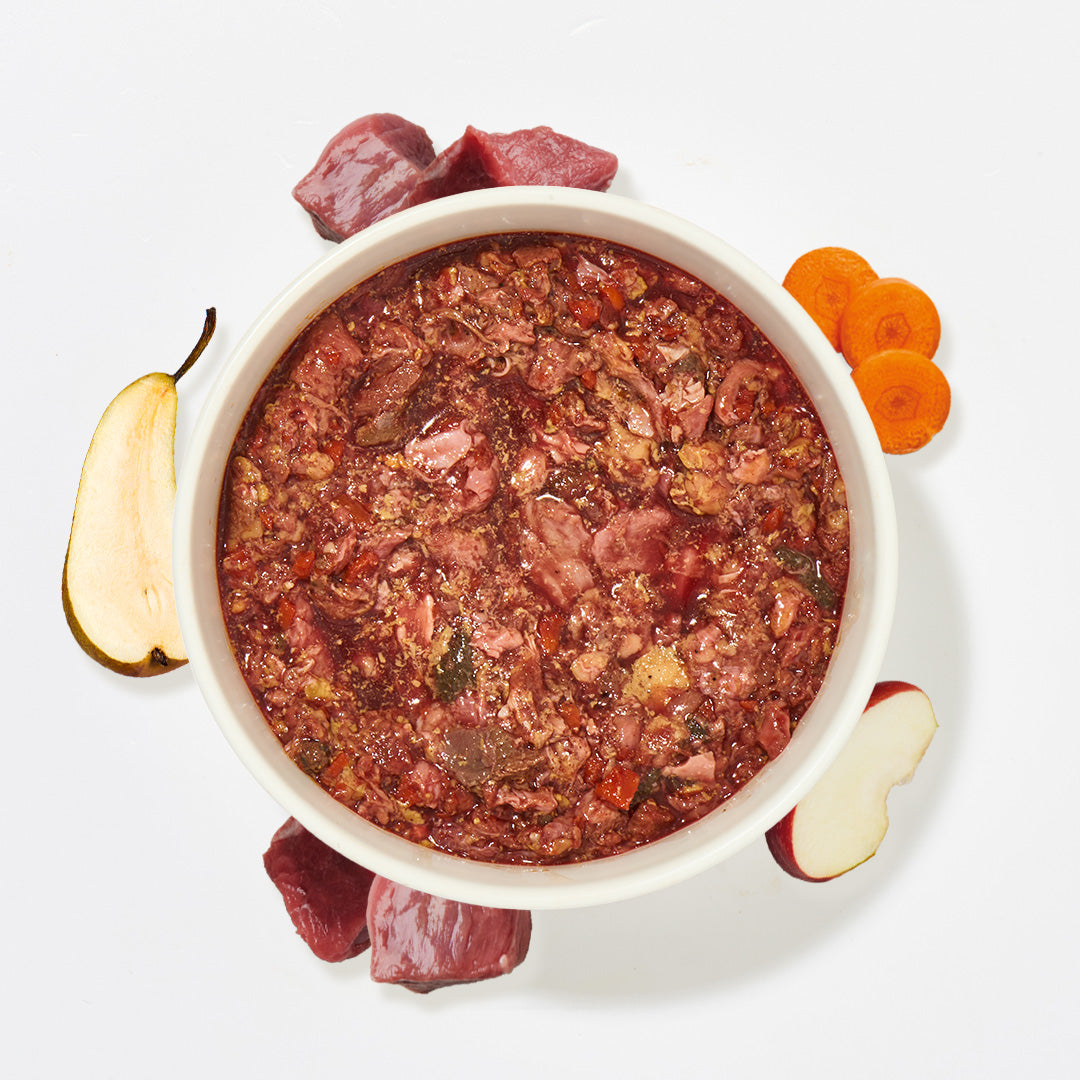A dog's coat change is a hairy affair, because during this time, dog hair on the carpet, on the couch, on clothing or in the car is the order of the day - and there is plenty of it. For many owners, their dog's coat change is not exactly their favorite time of year, but the process is as natural as it is necessary: As a rule, dogs' coats change in spring and autumn and last six to eight weeks. Seniors or neutered dogs usually shed more and for longer than younger or unneutered animals. Dogs with a lot of undercoat can also expect an intensive coat change. In general, the coat change is more pronounced in spring because the four-legged friend then loses its thick winter coat, which provides optimal protection against wetness and cold during the cold season.
Supporting coat change in dogs
When your dog sheds its fur, hairy times begin, which can be quite stressful for the animal. In the BARF guide from haustierkost.de, we give you valuable tips on how you can actively support your four-legged companion in this process so that it is as pleasant as possible for him. The first piece of advice is obvious: brush, brush, brush! This way, the old fur is out of the way and the new can take its place. It is best to start brushing as soon as you notice that your dog is losing the first tufts of fur. The optimal frequency depends on the type of fur the dog has: while it is sufficient for smooth- and short-haired dogs to brush two to three times a week, we recommend daily combing with a wide-toothed metal comb or wire brush for long- and wire-haired dogs. For rough-haired dogs, brushing three to four times a week is appropriate. In addition to removing dead fur and undercoat, this process promotes blood circulation in the skin and stimulates the sebaceous glands, which then produce protective oil.
Especially during the shedding period, additional oils can be used to help dogs. A classic in this regard is coconut oil, which provides relief for animals with dry fur and dry skin. Hemp oil also supplies the skin of the four-legged friend with numerous vital substances that counteract dandruff and itching and can have an anti-inflammatory effect on skin diseases. Salmon oil and linseed oil are also useful. In connection with oils for dogs, both rubbing into the skin and fur and feeding them as a nutritional supplement are recommended.
Coat change in dogs: nutritional supplements for hairy times
The dog's coat change can therefore continue to be supported with the right nutritional supplement. A proven nutritional supplement for dogs in this regard is biotin. The water-soluble vitamin from the B complex supports a strong coat structure and healthy skin. For this reason, this nutritional supplement is said to have a positive effect on the coat change in dogs. The same applies to brewer's yeast, which is also rich in B vitamins and trace elements. In stressful situations such as the coat change, vitamin C, which is found in abundance in rosehip shell powder, for example, can also be beneficial - not least because of its possible positive effect on the immune system. In our BARF online shop you can also get practical mineral combinations that contain numerous ingredients that can be beneficial for the coat change.
Grooming for dogs starts with food
In addition to regular brushing, a mild shampoo and appropriate dog grooming, a dog's coat care therefore largely consists of nutrient-rich BARF dog food - regardless of whether it is during the coat change or not. Grooming your dog's coat therefore requires a balanced and species-appropriate diet, because healthy and strong fur is closely linked to a holistically healthy lifestyle. For us as a BARF shop, this is of course linked to feeding high-quality BARF meat , which provides your companion with all the necessary vitamins, oils and minerals . So complete your dog's coat care and place your BARF order!


